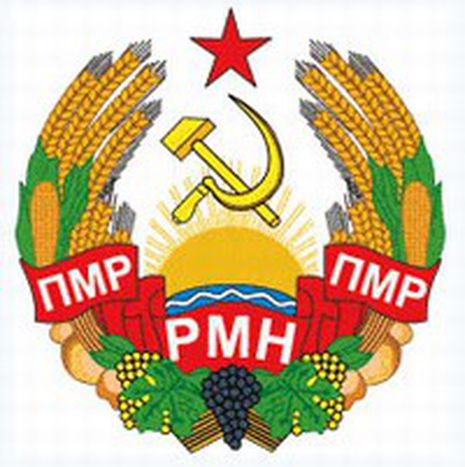
Welcome to Sovietland
Published on
Translation by:
 victoria russell
victoria russell
The Moldovan region of Transnistria is on the verge of its umpteenth civil war, an unrecognised state where time seems to stand still.
Elections this March secured another term for the Moldovan Communists, who want a withdrawal of Russian troops from Transnistria, but the fact that there were no polling stations set up in the break-away region shows the extent to which the country is divided.
The secession
Transnistria is one of many self-proclaimed independent republics within the territories created after the break-up of the Soviet Union. The Transnistrian region, which has a population of 700,000 and its capital in Tiraspol, is a sliver of land situated between the Dniester River and Ukraine. Old manufacturing infrastructure dominates the region’s interior, reflecting its roots as a Soviet industrial district. Its demand for independence from Moldova differs from that of South Ossetia or Abkhazia from Georgia (two other states which are not internationally recognised) in the sense that Transnistria faithfully retains the cultural and military characteristics of the former Soviet regime.
In 1991 with the meltdown of the old Soviet apparatik, Moldova declared its intention to accede to Romania with which it shares a cultural and linguistic heritage. The political leadership in the Moldovan capital Chisinau rushed to approve a law that recognised Romanian as the official language, re-introduced the Latin alphabet and re-issued the Leu currency. But accession to Romania never happened. Despite this, the Russophile community in Transnistria, feeling threatened, started a separation process that quickly progressed into a bloody civil war, aided by the 14th division of the Red Army (still active and led by two generals, one Ukrainian the other Chechen). Even today, no formal recognition has ever been conferred on this small state, and neither has it been made a federal region of Moldova.
A peremptory image of history
Transnistria could be considered the 1990s' only surviving Soviet state. The official language is Russian, the red stars and statues of the old regime are still in their proper places and political and economic power is in corrupt hands. The region is governed in a totalitarian manner by the Smirnov family. The father as President and his son as Executive Manager control the sole national industry allowed to export goods and distribute fuel. Igor Smirnov has created a Slavophile government which is said to be financed by the illegal arms trade.
Among the regions of Moldova, which is the poorest country in Europe, Transnistria seems to be the only one with a thriving trade, albeit illicit. Many maintain that the majority of illegal terrorist groups acquire weapon materials directly from factories under Smirnov’s control.
In the 2001 elections, the Communist Party leader Vladimir Voronin obtained 70% of the vote in Moldova. This result was partly achieved due to his promise to find a solution to the secession problem through bilateral agreements with Russia and the West. However, even today it has not been possible to find peace and relations between the two Moldovan souls remain cold and unstable. This was demonstrated in 2004 when Romanian speaking schools were closed in Transnistria (entrance to the classrooms was prevented by soldiers from the Red Army) and by the fact that the planned withdrawal of troops by Moscow has not happened.
No longer forgotten?
Moldova has been neglected for years by Europe and the United States. Only recently have representatives from Chisinau and Tiraspol been brought together with representatives from Romania, Russia and Ukraine to decide on an exit strategy. A short while ago, President Bush met Voronin, the current Moldovan President, for the first time. Together, they bilaterally approved an International Monetary Fund package which could revive Chisinau’s empty coffers.
But Voronin’s recent focus on America and the consequent co-involvement of the West risks causing a new national conflict that could further weaken the country’s already unstable future, marked by its trafficking in arms, children and organs. Transnistria seems to be a Soviet reserve, a non-existent state that, if it did not represent such a threat to the stability of the region, could be light-heartedly referred to as Sovietland, a Socialist Soviet Republic theme park. Unfortunately, tension with Chisinau is considerable and following Ukraine’s move to the West, the situation will not be stabilised if the big international players join the game to find a peaceful solution, or if a land which is already afflicted by poverty must endure the burden of a new civil war.
Published March 11, 2005 in the section Orient Espresso
Translated from Benvenuti in Sovietlandia


